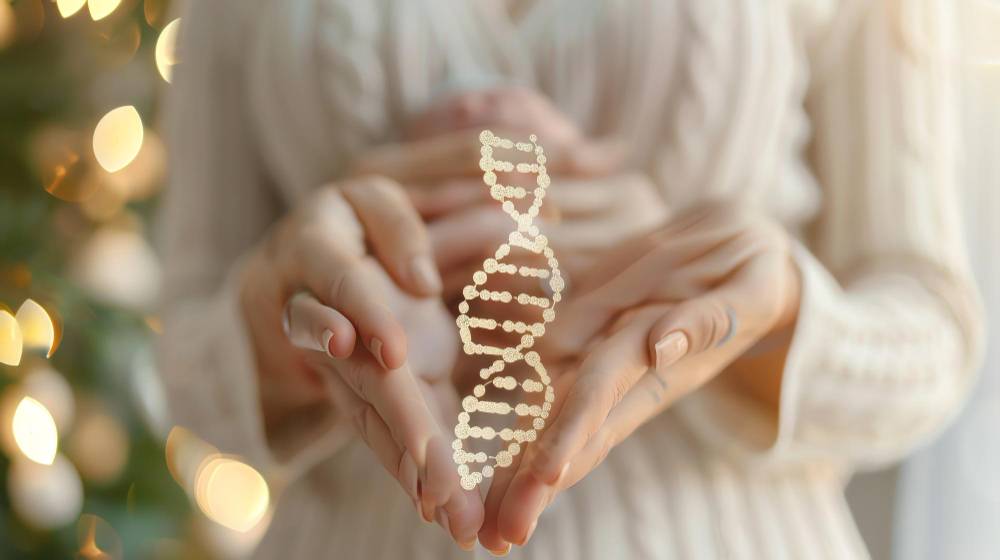

Bioidentical hormone replacement therapy (BHRT) has gained a lot of attention in recent years, especially for people looking to manage symptoms of hormone imbalances due to menopause, perimenopause, or even conditions like thyroid disorders.
But what makes these hormones "bioidentical," and how are they made? If you've ever wondered how something as natural as a yam or a soy plant can help balance your hormones, you're not alone.
In this brief article brought to you by The Wellness Restoration Center, we break down the process of how bioidentical hormones are produced and how they end up in your hormone therapy.
What do we mean by “bioidentical?” Bioidentical hormones are chemically identical to the hormones your body naturally produces, such as estrogen, progesterone, and testosterone. These hormones mimic your body's own natural hormones in terms of molecular structure, which is why many believe that BHRT may be more compatible with the body than synthetic or animal-derived hormones used in traditional hormone replacement therapy (HRT).
The journey of bioidentical hormones starts with plants – specifically, wild yams and soybeans. These plants are chosen because they contain compounds called diosgenin (from yams) and stigmasterol (from soy), which are precursors to human hormones.
Schedule your appointment with Dr. Marcia A. Harris, MD today to find out more about these life-changing modalities. Don’t let ED rule your LIFE! Call for an appointment today!
BOOK AN APPOINTMENTNow, here’s the thing: these plants don’t naturally produce estrogen or progesterone on their own. So, don’t expect to balance your hormones just by eating sweet potatoes or tofu! The real magic happens when scientists extract these plant compounds and transform them in a lab.
Once harvested, the yams and soybeans undergo an extraction process to isolate the diosgenin or stigmasterol. These compounds are structurally similar to human hormones but aren’t identical yet. This is where science takes over:
It’s important to note that this transformation can only happen in a lab. While the plant compounds provide the raw material, it’s the lab work that makes them bioidentical and suitable for hormone replacement therapy in Brooklyn.
So why go through all the effort? For many, the appeal lies in the idea of “natural mimicry.” Since bioidentical hormones match the structure of hormones naturally found in the body, proponents believe they may be more easily recognized and metabolized by the body. This "natural" alignment is thought to reduce the risk of side effects and make the therapy more effective.
Type 2 diabetes is a chronic…
Impotence, or erectile dysfunction, can take a heavy toll on…
If you’re living with chronic pain,…
In this collection of heartfelt testimonials, patients of The Wellness Restoration Center share their personal stories of transformation and healing.